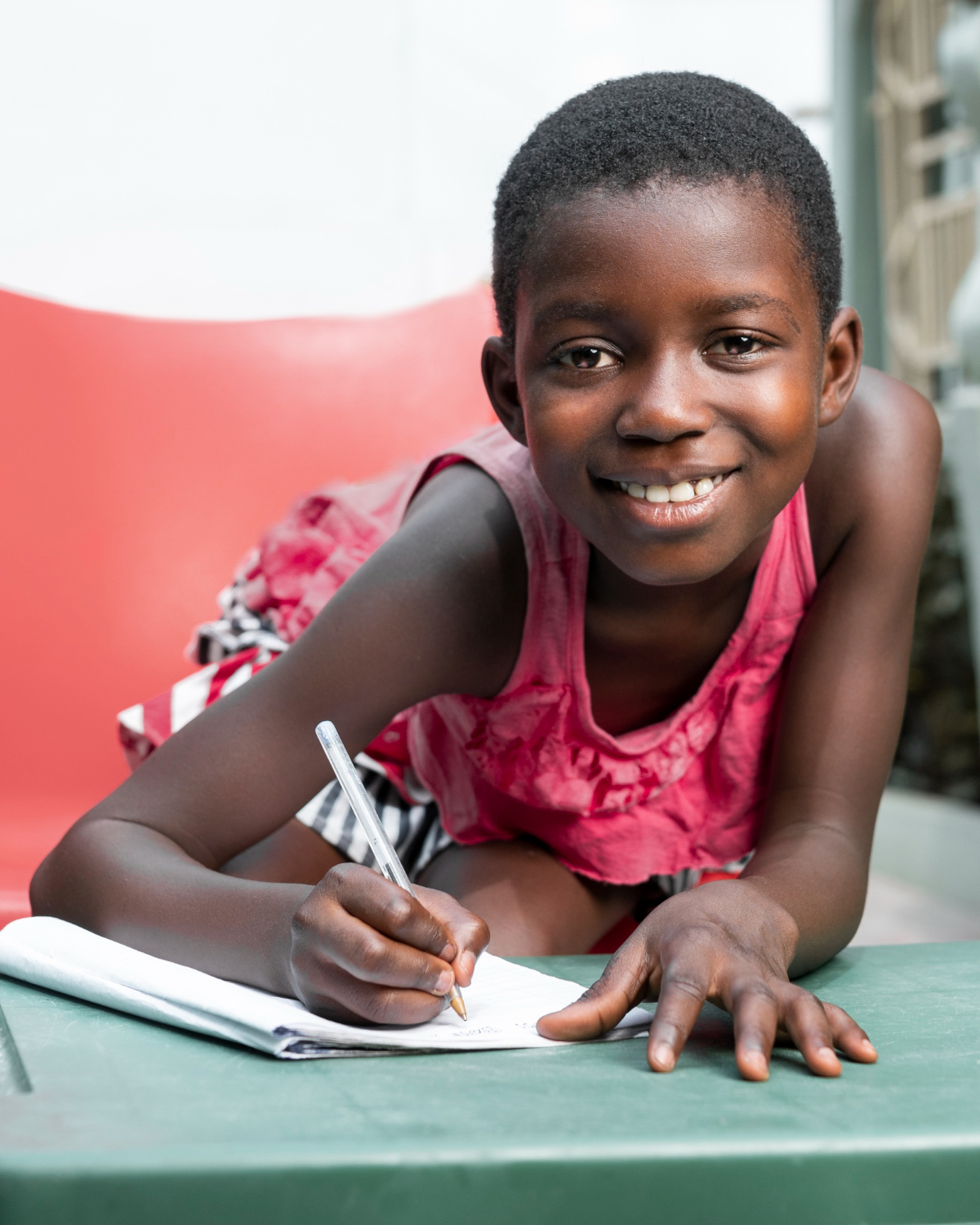
Amina is 12 years old. She wakes up every morning in a small, overcrowded shack in one of Nairobi’s slums. Unlike other children her age, she doesn’t put on a school uniform or pack her books. Instead, she joins her mother at a roadside stall, selling vegetables to help put food on the table.
Amina dreams of becoming a doctor, but without access to education, her future is slipping away. She is one of the 200,000 school-age children—40% of the slum population—who are out of school. Her story is not unique, but it should not be normal.
Like Amina, thousands of children in Nairobi’s slums face barriers to education. School fees, uniforms, and supplies are luxuries their families cannot afford.
Many parents, trapped in extreme poverty, must choose between feeding their children today or investing in an education that may not pay off for years.
Without education, these children are forced into child labor, exposed to crime, or recruited into gangs. Their dreams die young, and so does their chance for a better life.
Amina’s story is part of a bigger crisis. Without education, Nairobi’s youth remain unskilled, making it nearly impossible for businesses to find qualified workers. Companies, both local and multinational, face rising costs as they invest in training or look abroad for talent.
The result? A stagnant economy, fewer job opportunities, and a widening gap between the wealthy and the poor. With 46% of Nairobi’s youth already unemployed, the situation threatens to worsen unless education becomes a priority.
The Kenyan government is overwhelmed. Limited resources, corruption, and mismanagement make it difficult to implement effective education policies. Instead of investing in schools, funds are redirected to crime prevention, social aid, and short-term fixes.
The lack of education fuels crime, increasing the burden on law enforcement and public services.If this trend continues, youth unemployment could surpass 50%, deepening poverty and instability.
Organizations working to bridge this educational gap are stretched thin.
NGOs and international partners strive to provide scholarships, build schools, and create mentorship programs, but the need far outweighs the available resources. Without more support, these efforts cannot reach every child like Amina, leaving countless others behind.
But change is possible, and you can be part of it. Imagine a world where Amina and children like her wake up, put on a school uniform, and walk into a classroom full of opportunity.
Imagine a Nairobi where businesses thrive because they have an educated, skilled workforce. Imagine a future where youth unemployment drops below 20%, where families rise out of poverty, and where education is not a privilege but a right.
This vision is within reach—but not without your help. Your support can turn Amina’s dream into reality. Every dollar you contribute helps provide books, build classrooms, and empower teachers.
Every partnership strengthens the movement for education. The future of thousands of children depends on what we do today.
Will you help break the cycle? Will you invest in a future where education is the key to change? Join us. Donate today. Be the reason Amina’s story has a different ending.